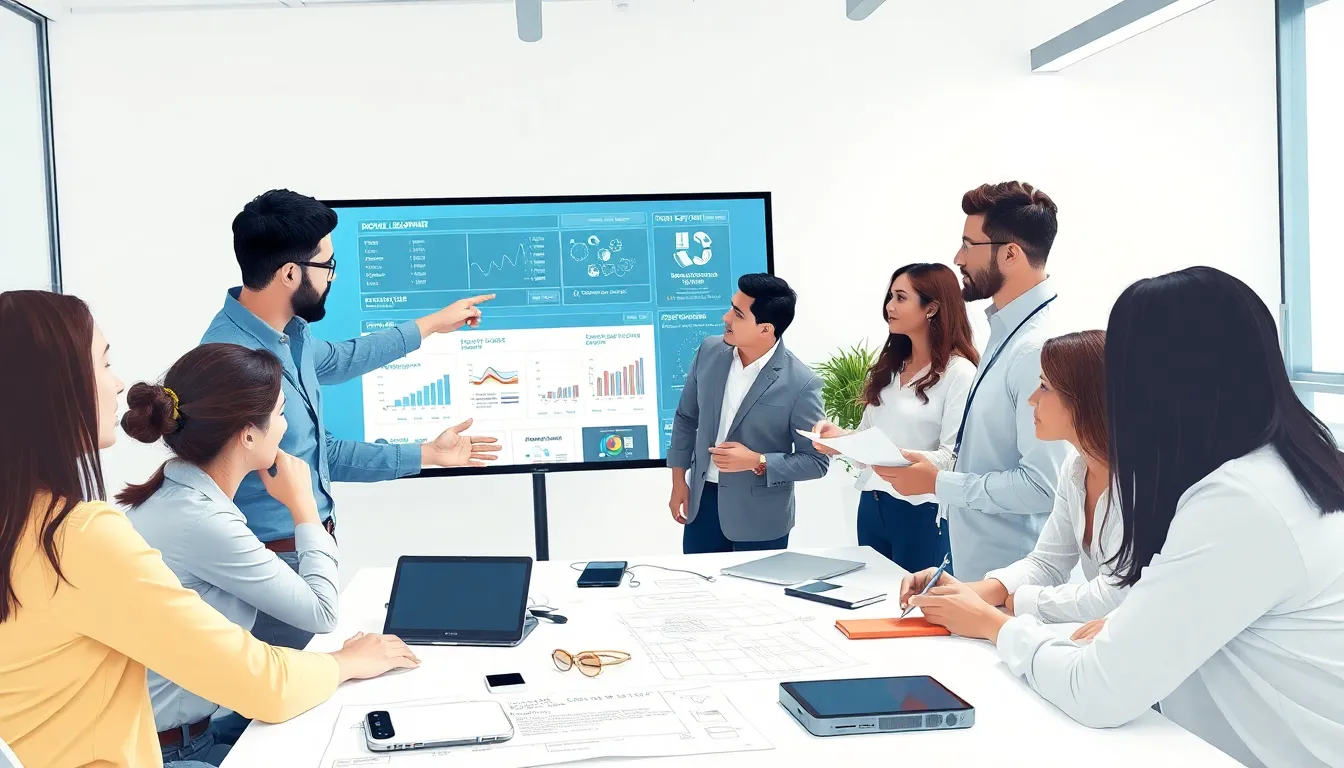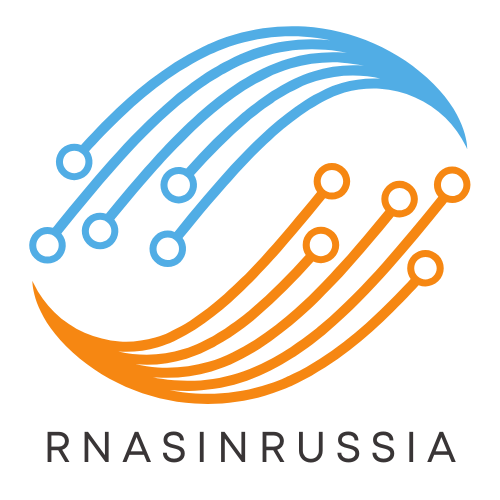Table of Contents
ToggleIn a world where gadgets evolve faster than you can say “new release,” managing the lifecycle of consumer electronics is no small feat. Enter Product Lifecycle Management (PLM), the unsung hero that keeps chaos at bay. Think of it as the ultimate backstage pass to the concert of innovation, ensuring every device hits the stage on time and in style.
Overview of Consumer Electronics PLM
Product Lifecycle Management (PLM) in consumer electronics encompasses all phases from concept to retirement. Managing design, production, and distribution efficiently ensures products meet market demands. Companies benefit from using PLM by enhancing collaboration among teams.
A centralized PLM system fosters communication across departments, reducing time-to-market. Real-time data tracking offers insights into product performance and customer feedback. These analytics guide future development, ensuring alignment with consumer expectations.
Compliance with regulations and safety standards is crucial in this sector. PLM helps maintain documentation and manage changes seamlessly. Integrating PLM also boosts quality control during manufacturing processes.
Adopting PLM software aids in visualizing product data. This visualization enables teams to identify issues early in development and rectify them quickly. Strong visibility into the supply chain enhances procurement strategies, leading to cost reductions.
Digital assets and Bill of Materials (BOM) management are integral components. Effective management streamlines revisions and updates to design specifications. Robust BOMs simplify manufacturing and inventory control.
Competitive differentiation emerges through effective PLM strategies. Innovative features and functionalities help products stand out in crowded markets. By optimizing development cycles, companies can pivot quickly in response to emerging trends.
Integrating sustainable practices into PLM is increasingly important. These practices reduce environmental impact while meeting consumer demand for eco-friendly products. Leveraging PLM technology supports creating sustainable designs, aligning with corporate responsibility goals.
Importance of Consumer Electronics PLM

Consumer electronics PLM plays a critical role in managing product lifecycles efficiently. It helps organizations navigate the complexities of rapid technological changes and increasing consumer expectations.
Enhancing Product Development
PLM accelerates product development by facilitating collaboration across teams. It centralizes data, allowing designers, engineers, and marketers to access real-time information. Early identification of potential issues occurs due to enhanced visibility into the product’s design process. Companies can integrate customer feedback into their development cycles, ensuring products meet market demands. Acquiring actionable insights leads to more innovative solutions and reduces time-to-market for new gadgets.
Streamlining Supply Chain Management
Effective PLM improves supply chain management by providing clear visibility into procurement processes. Teams can monitor inventory levels and supplier performance efficiently. The software generates accurate Bill of Materials (BOM), which simplifies manufacturing and inventory control. Tracking materials in real-time ensures timely delivery and minimizes production delays. Compliance with regulations becomes simpler, allowing companies to avoid costly penalties and enhance their reputation. Overall, streamlined supply chain operations contribute significantly to cost reduction and improved product quality.
Key Features of Consumer Electronics PLM
Consumer electronics PLM facilitates effective management of product lifecycles through key features tailored for the industry.
Data Management
Centralized data management streamlines access to product information, enhancing decision-making processes. It enables teams to store, retrieve, and analyze data effortlessly. Real-time analytics provide insights into product performance and consumer feedback, influencing future design iterations. A comprehensive database ensures all stakeholders can track changes and improvements, fostering consistency throughout the product lifecycle. Clear documentation of designs, specifications, and revisions supports cross-team collaboration while minimizing errors.
Collaboration Tools
Robust collaboration tools improve coordination among different departments involved in product development. Teams can share insights, track project progress, and communicate efficiently, reducing misunderstandings. Integrated platforms enable designers, engineers, and marketers to collaborate synchronously, enhancing creativity and innovation. Features such as discussion forums and task assignments facilitate transparency, allowing everyone to stay aligned with objectives and deadlines. As a result, streamlined communication helps accelerate time-to-market for new products.
Compliance Tracking
Effective compliance tracking minimizes risks associated with regulatory requirements. PLM systems facilitate the documentation of safety standards, quality control processes, and certification needs. Automated alerts notify teams of upcoming compliance deadlines and necessary changes, ensuring timely adjustments. A structured compliance framework helps maintain product integrity and prevents costly penalties. By simplifying the tracking of various regulations, consumer electronics companies enhance their reputation and build trust with consumers.
Challenges in Implementing Consumer Electronics PLM
Implementing Consumer Electronics PLM involves navigating several challenges that can impact efficiency and effectiveness.
Integration with Existing Systems
Integrating PLM with existing systems poses significant difficulties. Companies often use various legacy systems that lack compatibility with new PLM tools. Disparate data formats create barriers, hindering seamless information flow. Different departments may rely on distinct software solutions, leading to inconsistencies in data access. Without a unified platform, teams struggle to collaborate effectively. Synergizing technologies requires careful planning and resources to minimize disruptions. Establishing a comprehensive data migration strategy eases this integration pathway. Ensuring that all stakeholders are on board streamlines the transition and promotes acceptance of the new system.
Change Management
Implementing effective change management strategies proves essential in a consumer electronics PLM rollout. Resistance to change often emerges among staff accustomed to traditional workflows. Clear communication about the benefits of PLM mitigates apprehension and fosters a positive mindset. Involvement of key stakeholders during the transition enhances buy-in and supports smoother adoption. Training programs tailored to specific roles enable employees to understand new processes. Monitoring progress during the initial rollout helps identify persistent issues, enabling timely interventions. Creating a feedback loop allows for adjustments based on user experiences, which enhances overall acceptance and long-term success.
Future Trends in Consumer Electronics PLM
Future trends in consumer electronics PLM focus on leveraging technology to enhance product lifecycle management. Advancements in tools continue to redefine industry standards, driving innovation and efficiency.
AI and Automation
AI integration in PLM streamlines processes, enhances decision-making, and reduces manual tasks. Companies benefit from machine learning algorithms that analyze market data, predict trends, and optimize product design. Automation tools facilitate real-time data analysis and improve collaboration among teams. Efficient workflows reduce time-to-market and improve responsiveness to consumer demands. Additionally, AI-driven insights help identify potential issues in the product lifecycle, allowing teams to make data-informed adjustments early.
Sustainability Considerations
Sustainability increasingly influences consumer electronics PLM strategies. Companies adopt eco-friendly practices, addressing environmental concerns while meeting regulatory standards. Utilizing PLM software enables firms to track the environmental impact of materials and processes throughout the lifecycle. Brands that prioritize sustainability not only align with consumer expectations but also enhance brand loyalty. Implementing circular economy principles within PLM fosters resource efficiency and waste reduction. By embracing sustainable practices, companies position themselves as leaders in the environmentally conscious market.
The importance of effective Product Lifecycle Management in consumer electronics cannot be overstated. As technology continues to evolve at an unprecedented pace, companies must adopt PLM strategies that foster collaboration and streamline processes. By leveraging centralized data management and robust communication tools, teams can enhance their ability to respond to market demands swiftly.
Moreover, integrating AI and automation into PLM systems not only improves efficiency but also aligns with sustainability goals. Companies that embrace these innovations will not only meet consumer expectations but also establish themselves as leaders in a competitive landscape. Adopting a forward-thinking approach to PLM will ultimately drive success in the ever-changing world of consumer electronics.





